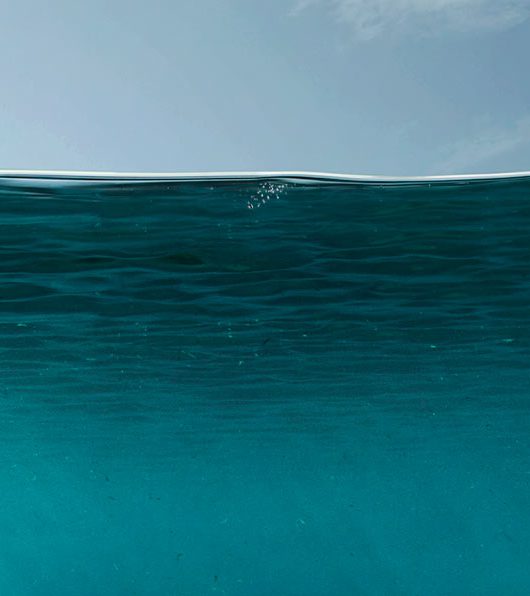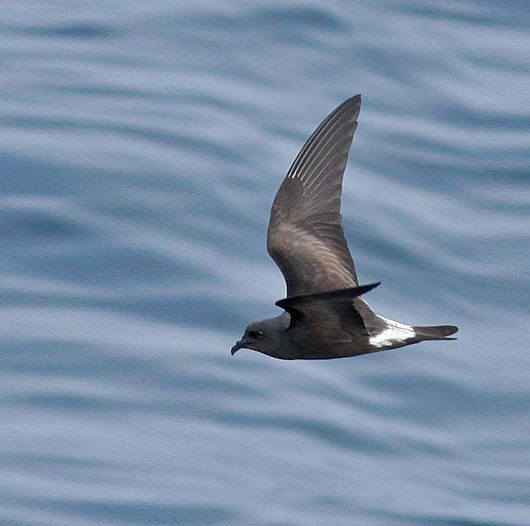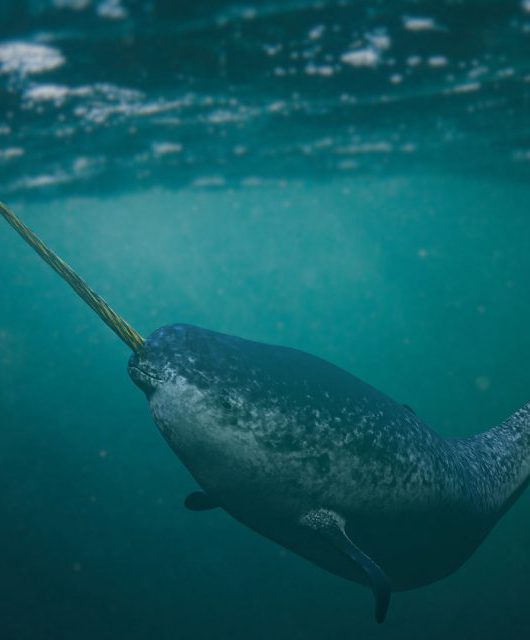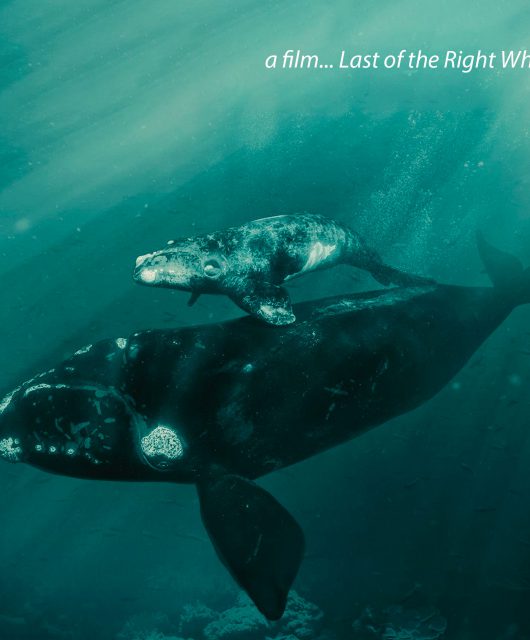Grey Whale Numbers are Rapidly Declining, Making Scientists Scratch Their Heads
Grey Whales are incredible migrators, 40-tonne mammals (relatively the same size as a bus) and gobble up hundreds of small creatures via its baleen (kinda like a comb). Sadly, these remarkable and massive mammals are in big trouble. Along the Pacific coast, Grey Whale numbers have been down by 38 per cent from the 2016 count. Moreover, this population has produced the fewest number of calves in the time that researchers have been counting calf numbers (namely since 1994). The numbers aren’t good, and scientists have plenty of theories as to why.
Like any whale, Grey Whales are deeply threatened by entanglement in fishing gear, vessel strikes, ocean noise, habitat degradation and more. But this particular population of Grey Whales has had more puzzling problems than other marine mammals.
They’re Getting Stranded More Often
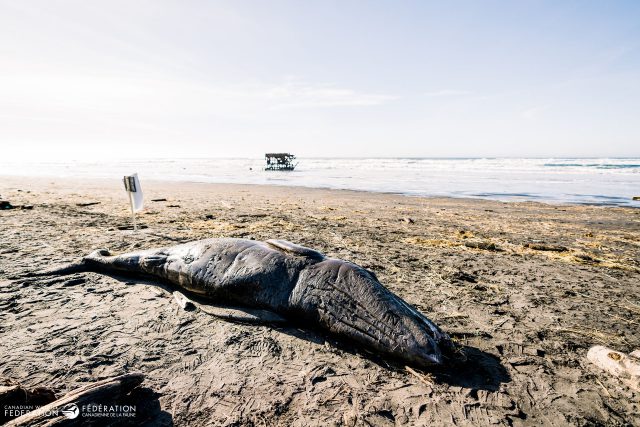
In 2019 there were so many Grey Whale strandings occurring that NOAA Fisheries (the National Oceanic and Atmospheric Administration) was forced to declare an Unusual Mortality Event for this particular population. When researchers began to uncover the reason for this devastating occurrence, they found that their favourite food (amphipods and invertebrates) were shifting due to ecological shifts in the Arctic. See? Everything really is connected! That means these whales were not able to find food in the regular places they look for food and they had to go searching further from their usual feeding spots.
They’re Having Fewer Calves

Researchers have been counting the number of Grey Whale mothers and calves that migrate south since 1994. In the May 2022 count, NOAA Fisheries researchers found a mere 217 calves. That’s down 166 calves since the year before! Scientists aren’t sure why they’re having fewer calves but some believe it’s due to adult Grey Whales being in rough shape. Based on aerial photos captured in Mexico, it seems the body condition of many adults was not ideal (many were thinner than desirable). This could explain why they’re having fewer calves as they’re struggling to reproduce.

